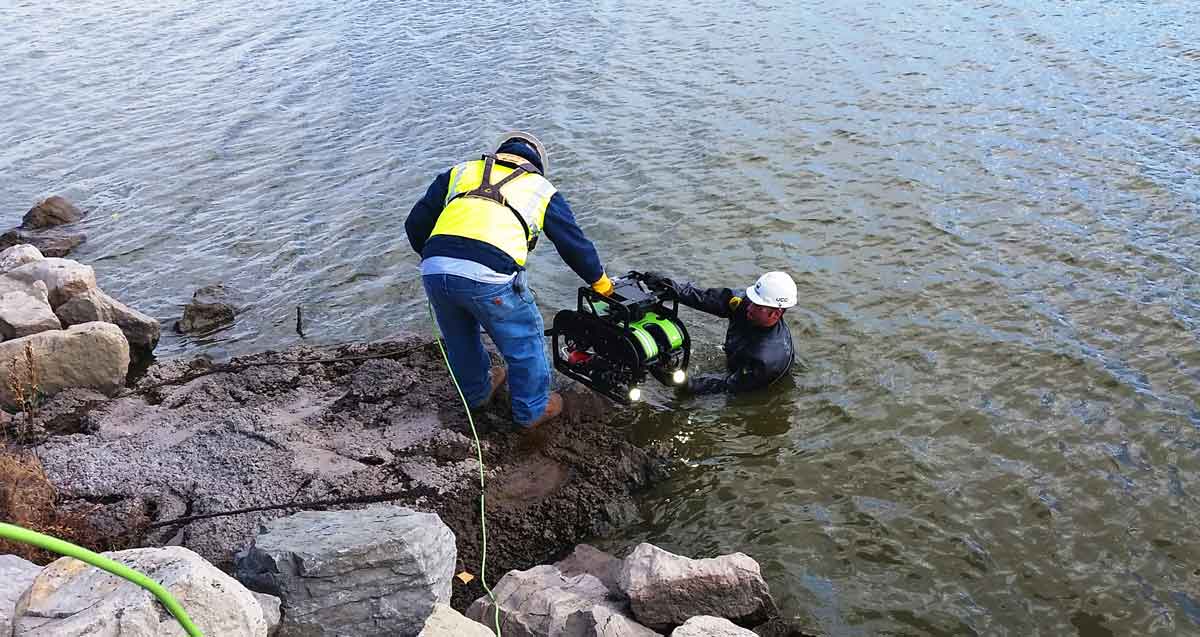Beneath the surface, long-distance tunnels play a vital role in our infrastructure, transporting essential utilities and connecting communities across vast distances. However, inspecting and maintaining these submerged passageways can present unique challenges.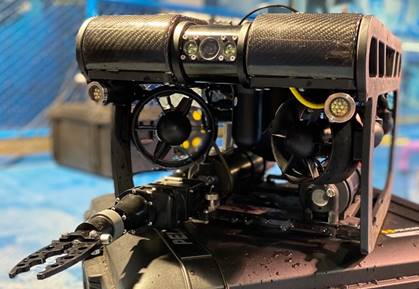
Divers, while highly skilled, may face challenges in range and efficiency for these underwater structures. At UCC, remotely operated vehicles (ROVs) are often leveraged to complement our team’s diving expertise, as these powerful tools enhance the way we conduct underwater inspections of these tunnels.
Learn more about UCC’s ROV inspection services.
Defining Long-Distance Tunnels: When ROVs Become Essential
The team at UCC typically defines a tunnel as “long-distance” based on a combination of factors that impact diver safety and inspection efficiency. While the exact distance can vary depending on project specifics and technological advancements, a general threshold lies between 500 and 1,000 feet.
Tunnels meeting or exceeding this threshold of 500-1,000 feet are classified as long-distance for a crucial reason: diver limitations. Traditional penetration diving methods become increasingly challenging beyond these distances. Decompression requirements become stricter, limiting how far a diver can travel underwater and the amount of time they can spend effectively inspecting the tunnel. Long dives in confined spaces also pose increased safety risks.
The logistical complexities of inspecting long tunnels with divers add another layer of challenge. Ensuring diver safety necessitates additional manpower and equipment to support penetration diving and decompression needs. This translates to a more elaborate and time-consuming operation compared to inspections using alternative methods.
Unveiling the Hidden
Unlike divers who primarily focus on the tunnel’s overall structure, ROVs excel at identifying specific internal components, assessing joint integrity, and detecting debris or damage: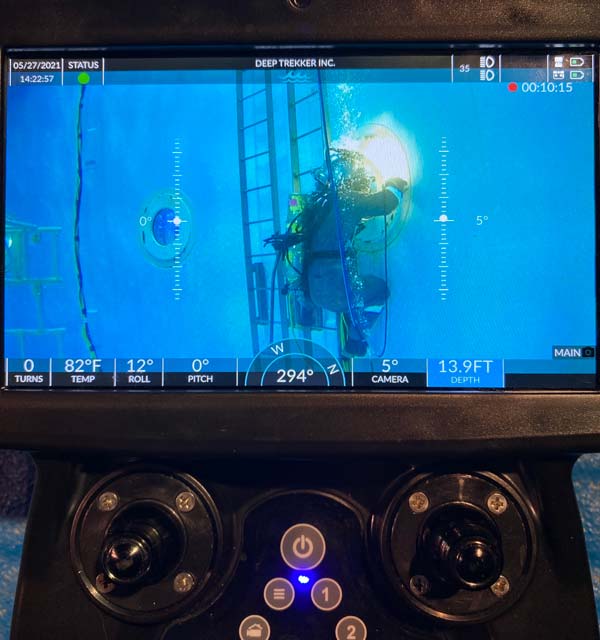
- Internal Infrastructure: Equipped with high-resolution cameras, ROVs navigate confined spaces to inspect critical elements within the tunnel, such as chemical feed lines, solution lines, and expansion clamps.
- Joint Integrity: Their ability to maneuver close to the tunnel walls allows for a thorough inspection of joints, identifying separations or abnormalities that might require further attention.
- Debris & Damage Assessment: ROVs equipped with sonar technology can effectively scan the tunnel floor, identifying debris accumulation for targeted clean-up efforts and signs of spalling and other concrete abnormalities, providing valuable information for structural assessments.
ROV inspections go beyond a simple visual sweep. They offer a comprehensive evaluation of the tunnel’s condition, and their detailed data allows for a proactive approach to tunnel maintenance to ensure the long-term safety and functionality of these vital underwater structures.
How Underwater ROV Inspections Bridge the Gap
Underwater ROV inspections often provide advantages over divers in long-distance tunnels, as these advanced robotic vehicles are tethered to a surface control station and equipped with high-definition cameras, sonar and other sensors. During long-distance inspections, ROVs help to:
- Improve Safety: Underwater ROV inspection minimizes diver exposure to potential hazards in long tunnels, prioritizing safety throughout the process.
- Extend Range: ROVs are not restricted by decompression needs, allowing them to travel near unlimited depths and vast distances within tunnels, typically completing inspections in a shorter timeframe.
- Enhance Efficiency: ROVs can navigate long distances quickly and efficiently, covering more ground and providing a broader initial assessment of the tunnel’s condition.
- Reduce Crew Size: ROV inspections typically require a smaller on-site crew compared to traditional diving operations.
- Gather Data in Low Visibility: ROVs equipped with advanced sensors, like cross-sectional sonars, can gather valuable data like debris accumulation measurements even in low-visibility conditions, something that can be difficult or even impossible for divers.
Watch our divers and ROVs at work and learn more about our ROV inspection services, including the use of the Deep Trekker Pivot.
The Power of Collaboration: ROVs and Divers Working Together
At UCC, we don’t view ROVs as a replacement for divers, but rather as a powerful tool that complements our team’s expertise. This collaborative approach not only enhances the efficiency of long-distance tunnel inspections but can also deliver significant cost savings, reduced downtime and improved safety for your operations.
In most scenarios, ROVs perform a general condition assessment of the tunnel. Their maneuverability and ability to travel long distances quickly allow them to gather crucial data and create a clear picture of the underwater environment. This initial assessment, consisting of high-resolution video footage, sonar readings, and various measurements, helps identify areas that may require detailed attention from our divers. This data becomes a vital foundation for further analysis and decision-making when it comes to planning a diver’s underwater tasks, and by pinpointing specific areas of concern, we can reduce the time and resources for inspections, ultimately reducing costs.
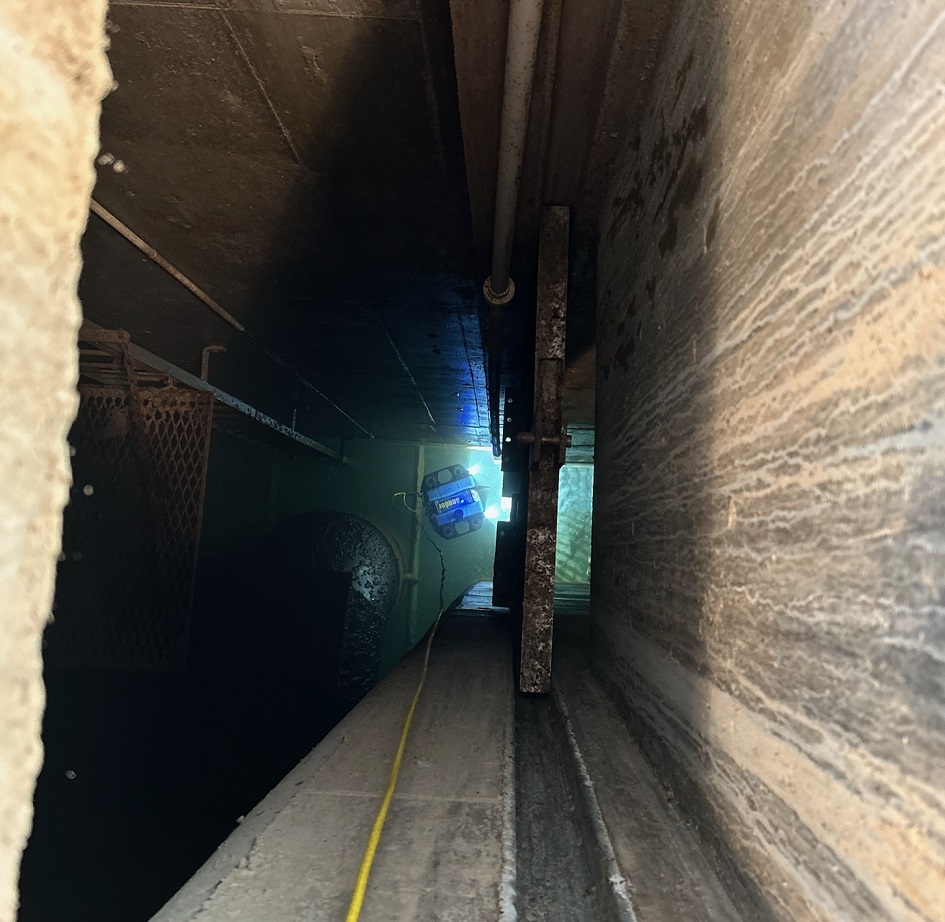 ROVs provide invaluable support in scenarios where traditional diving methods face challenges. Their compact size allows them to navigate small tunnel diameters that might restrict divers’ movements. While UCC divers are trained to handle minimal water flow within the tunnel, ROVs can operate efficiently in environments where water velocity is difficult to control. This synergy ensures that both divers and ROVs are used where they perform best, enhancing overall safety and improving the inspection process.
ROVs provide invaluable support in scenarios where traditional diving methods face challenges. Their compact size allows them to navigate small tunnel diameters that might restrict divers’ movements. While UCC divers are trained to handle minimal water flow within the tunnel, ROVs can operate efficiently in environments where water velocity is difficult to control. This synergy ensures that both divers and ROVs are used where they perform best, enhancing overall safety and improving the inspection process.
Downtime can also be significantly reduced, in some situations by 2X, when underwater ROV inspection is employed. The ability to complete initial assessments quickly allows for a more efficient allocation of resources. Divers can then focus on targeted inspections in specific areas identified by the ROV, minimizing the overall inspection time and potentially reducing the amount of time a tunnel needs to be shut down. Faster inspections mean your operations can resume sooner, boosting productivity and minimizing costly interruptions.
By strategically combining ROV technology with our divers’ expertise, UCC helps to ensure a safe, efficient, and comprehensive approach to long-distance tunnel inspections. Our collaborative methods not only enhance the quality of inspections but also provide you with actionable insights to maintain and improve your infrastructure. Learn more about our commercial underwater construction and inspection services and contact our team to discuss your unique needs.
The Future of Underwater ROV Inspections
The past decade witnessed a significant advancement in ROV technology. Not only have ROV capabilities become more sophisticated, but the cost per project has also decreased considerably. This makes underwater ROV inspection a more economical and accessible solution for long-distance tunnel assessments.
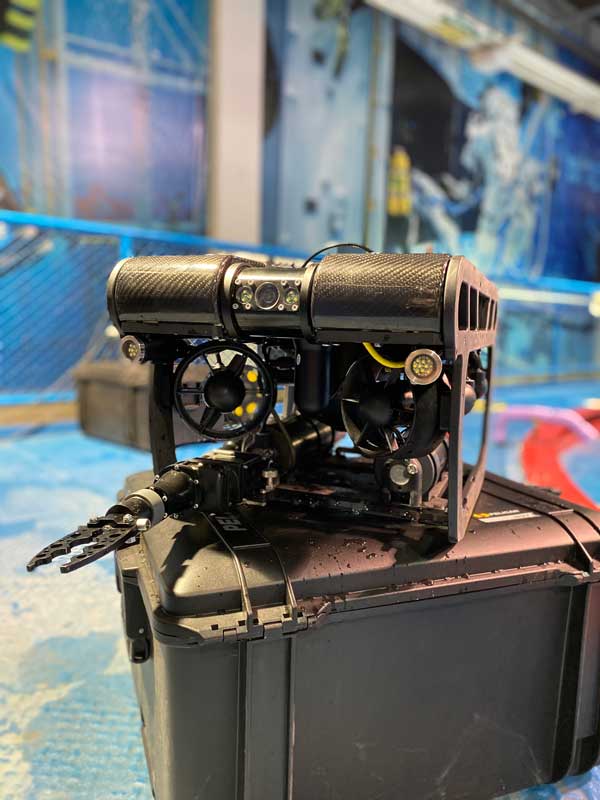
Looking ahead, we can expect further advancement in sensor technology. These developments promise to unlock even greater efficiency and data collection possibilities in underwater ROV inspection.
As a long-time leader in commercial diving and underwater construction, UCC is committed to staying at the forefront of this evolving field. But this commitment extends far beyond simply adopting new technologies. We continuously invest in training our team and refining our processes to help ensure our commercial diving and underwater ROV inspection services are always state-of-the-art. Through this unwavering dedication to innovation and improvement, UCC delivers unparalleled underwater ROV inspection services that consistently exceed customer expectations.
Contact Our Underwater ROV Inspection Experts
UCC’s team of highly skilled divers have a deep understanding of underwater environments and extensive experience in tunnel inspections, which allows us to utilize ROVs for optimal results. UCC’s underwater ROV inspection team is ready to help you with your long-distance tunnel or marine construction project. Reach out today and let’s discuss your unique goals and inspection needs.
About Underwater Construction Corporation
As one of the largest inland commercial diving services companies in the United States, UCC and its staff of over 200 divers, supervisors, and project managers operate around the world, based in multiple regional locations in Connecticut, Maryland, Michigan, South Carolina, Tennessee, Texas, Wisconsin, and the United Kingdom. Every job, no matter the size, received the professionalism customers expect from UCC.
Contact us with your questions about underwater ROV inspection and let’s discuss how we can help you achieve your goals.
